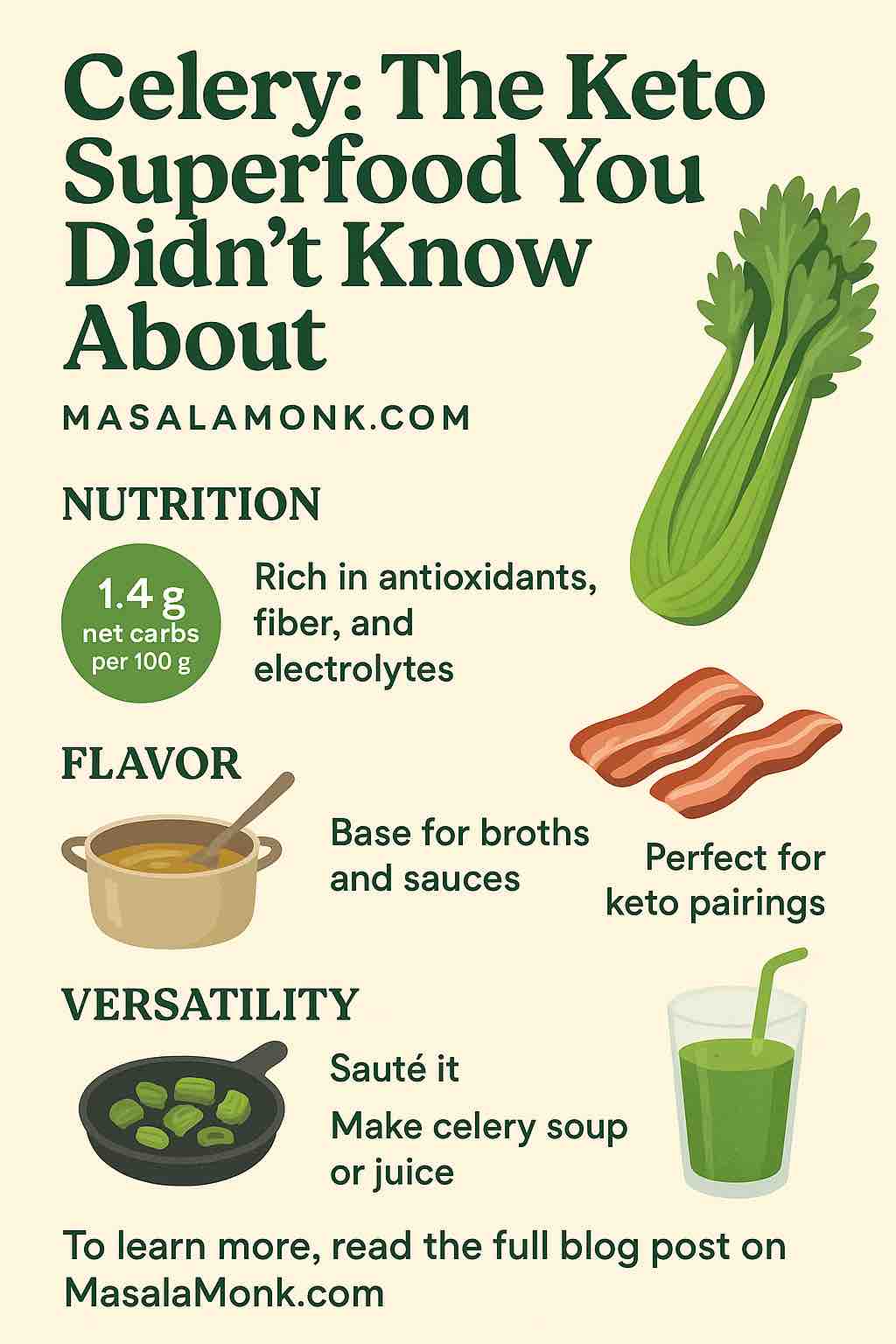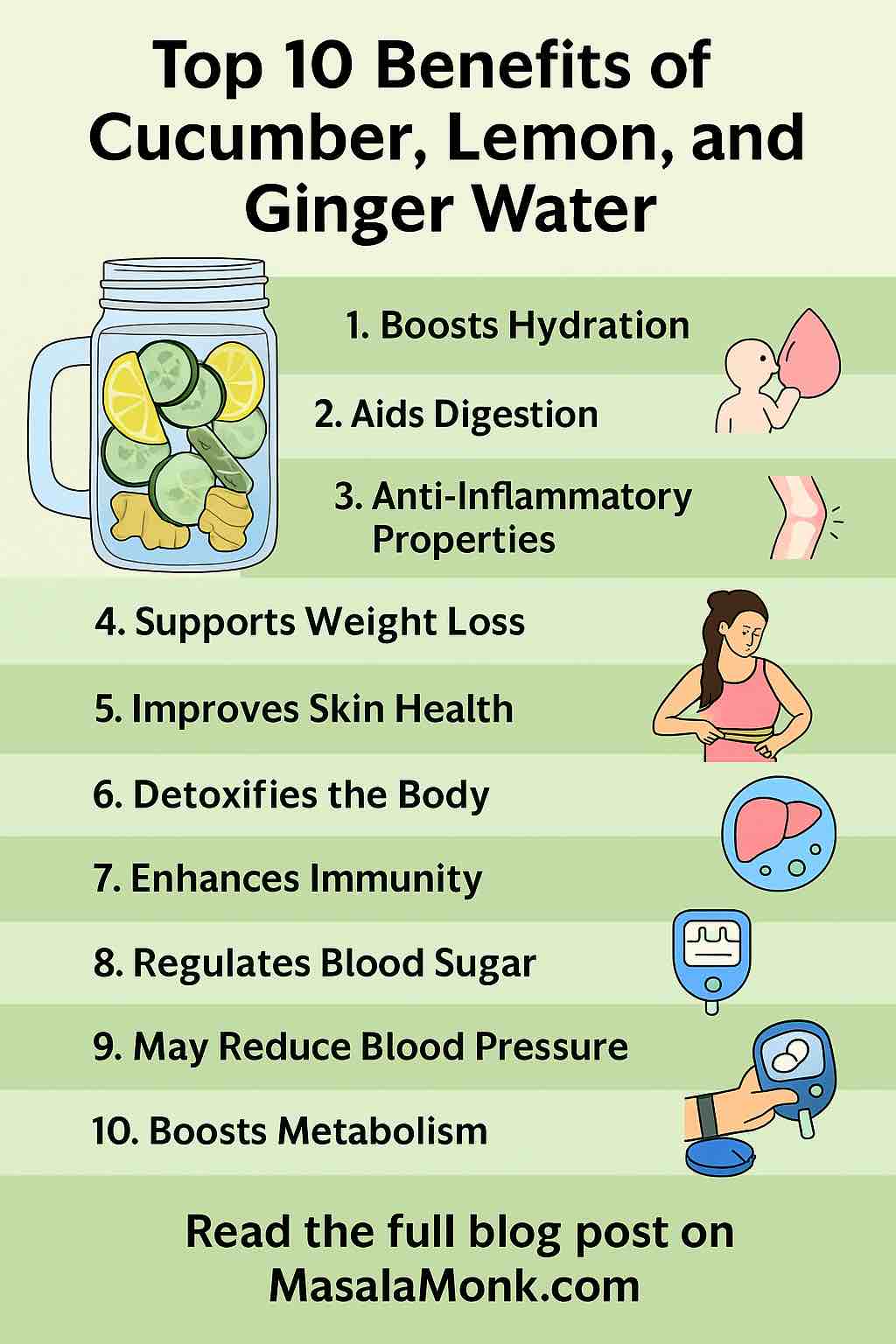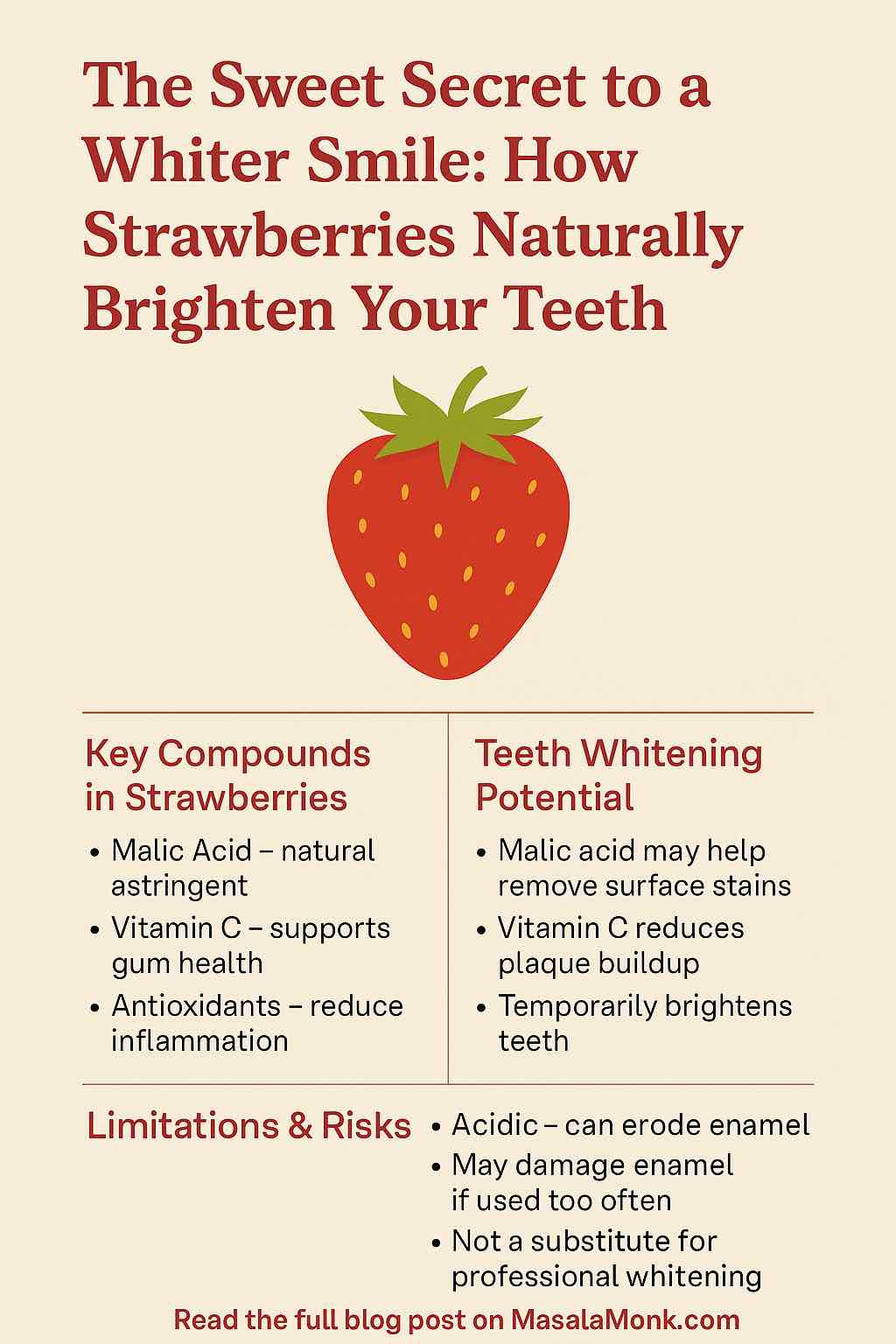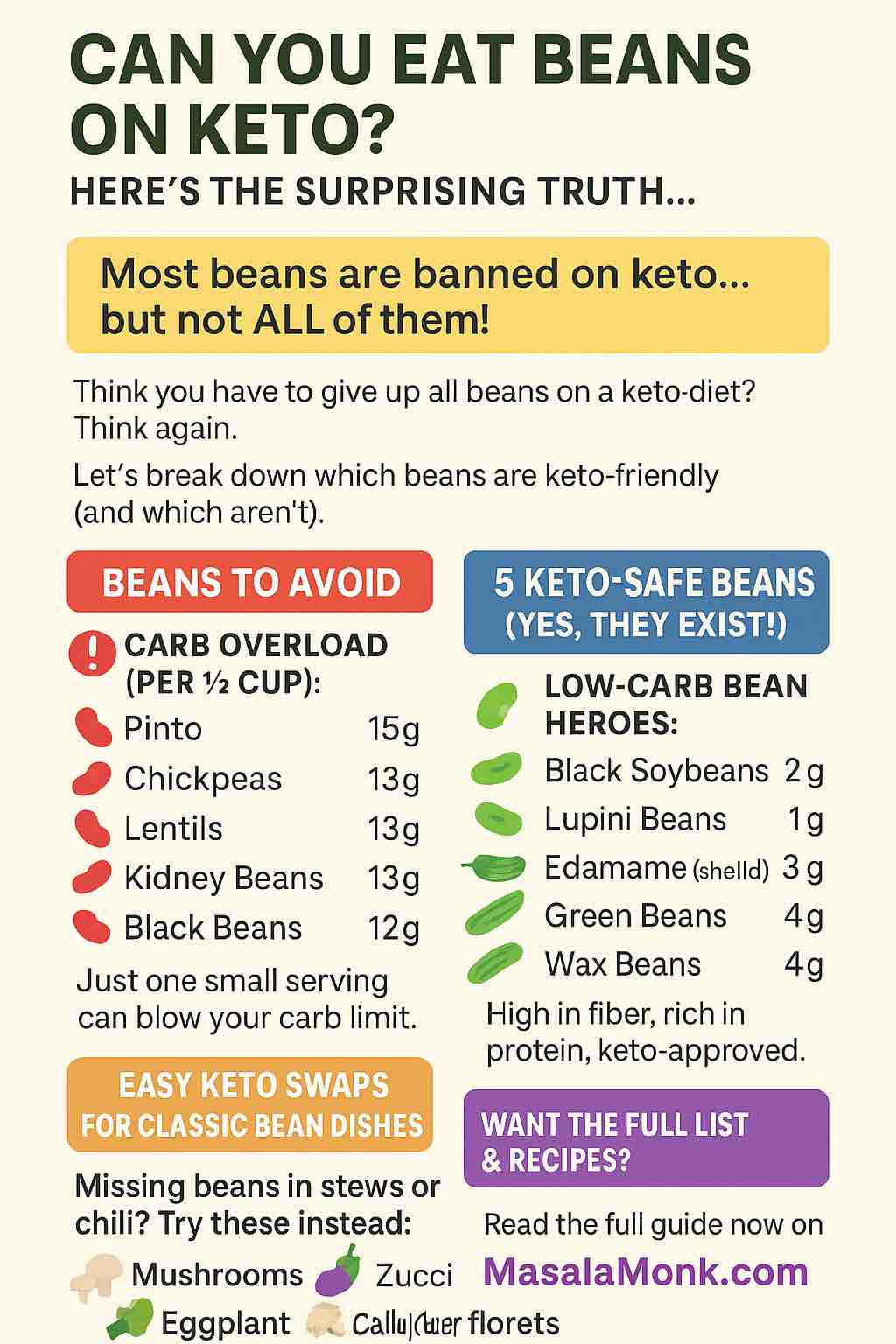
When it comes to the ketogenic lifestyle, we often celebrate the same all-stars—avocados, eggs, cheese, and fatty cuts of meat. But in the shadow of these keto staples sits a quiet powerhouse that deserves your attention: celery. While it might seem like little more than crunchy garnish at first glance, celery is actually a low-carb, nutrient-dense vegetable that checks every box for keto success.
Whether you’re looking to boost your micronutrient intake, stay in ketosis, or add texture and flavor without carbs, celery is one of the most versatile, underutilized ingredients in your arsenal. And yes—celery is keto, and far more beneficial than its bland reputation suggests.
What Makes Celery a Keto Superfood?
Let’s start with the most common concern: can you eat celery on a keto diet? Absolutely. In fact, it’s one of the most keto-compatible vegetables available.
Celery contains very few net carbohydrates—which are the carbs that actually impact blood sugar and insulin. A standard 100g serving (roughly 2–3 medium stalks) contains:
- 3g total carbohydrates
- 1.6g dietary fiber
- 1.4g net carbs
This makes celery an extremely low-glycemic food, ideal for those following strict ketogenic macros. Unlike starchy vegetables like carrots or potatoes, celery won’t nudge you out of ketosis, even when eaten in larger portions. So if you’ve been unsure about whether celery fits into your keto lifestyle, rest assured—it not only fits, it excels.
Celery’s Nutritional Edge: Not Just Low-Carb, But Nutrient-Dense
Celery’s superpower isn’t just in its carb count. It also delivers a surprising dose of nutritional benefits, all while being extremely low in calories. Here’s what you’re getting in every crisp bite:
🌱 Electrolyte-Rich Hydration
One of the earliest challenges of a ketogenic diet is maintaining electrolyte balance. As insulin levels drop and glycogen stores are depleted, the body flushes out water and electrolytes—especially sodium, potassium, and magnesium. This can lead to symptoms like fatigue, headaches, and muscle cramps (a.k.a. the “keto flu”).
Celery naturally contains both sodium and potassium, which are crucial for hydration and nerve function. Unlike processed sodium sources, celery’s sodium is paired with water and fiber, making it a clean, natural source of electrolytes that supports your energy and fluid balance.
🛡️ Antioxidants and Anti-Inflammatory Compounds
Celery is packed with flavonoids, vitamin C, and phytonutrients like luteolin and apigenin. These compounds have been studied for their ability to reduce inflammation, protect cells from oxidative stress, and potentially lower the risk of chronic diseases such as diabetes, cardiovascular disease, and even certain cancers.
For those using keto as a tool to manage inflammation or insulin resistance, this makes celery a particularly strategic choice.
💪 Digestive Support Without Spiking Blood Sugar
While celery isn’t a major fiber powerhouse like flax or chia, it does offer a balance of soluble and insoluble fiber. The insoluble fiber helps with regularity and gut motility, while the soluble component can support healthy gut bacteria.
Better yet, this fiber doesn’t raise your blood glucose—something that’s vital when trying to maintain stable ketone levels. Celery is low glycemic, with a near-zero glycemic load, meaning it won’t interfere with ketosis or insulin sensitivity.
Culinary Versatility: Celery as a Keto Cooking Ally
Celery’s greatest strength might just be its chameleon-like adaptability in the kitchen. It’s not just a raw snack—celery is a legitimate building block for layered, flavorful meals in a ketogenic diet.
🍳 A Flavor-Builder in Keto Foundations
In traditional cooking, celery often forms part of the aromatic base known as mirepoix (celery, onion, and carrot). On keto, carrots might be reduced or omitted, but celery remains a cornerstone of flavor in stocks, sauces, braises, and soups.
Sauté chopped celery in ghee, butter, or bacon drippings alongside garlic and herbs, and you’ve got a rich, savory start to dozens of keto meals—from creamy cauliflower soup to low-carb shepherd’s pie.
🧀 The Perfect Fat-Pairing Snack
Thanks to its crunch and boat-like shape, celery is also a perfect delivery mechanism for healthy fats:
- Fill celery sticks with cream cheese and smoked salmon
- Spread almond or sugar-free peanut butter into the groove and sprinkle with hemp seeds or crushed walnuts
- Try celery topped with blue cheese dip, avocado mash, or egg salad
In each case, you’re creating a high-fat, low-carb, highly satiating snack that won’t disrupt ketosis. And yes—celery with peanut butter is absolutely keto-approved, provided the nut butter is unsweetened and fits within your macros.
🔥 Roast It, Braise It, Blend It
Celery transforms when cooked. Roasted or braised, it becomes tender and sweet. When blended, it forms the backbone of creamy soups, broths, and green smoothies.
Try:
- Braised celery with thyme, garlic, and bone broth
- A celery-leek soup with coconut milk and nutmeg
- Roasted celery stalks with olive oil and sea salt, served beside grilled salmon
- A keto green smoothie with celery, avocado, lemon, and cucumber
These aren’t just delicious—they’re smart ways to hydrate, nourish, and fuel your metabolism on a low-carb framework.
Beyond the Stalks: Seeds and Seasoning
Celery’s utility doesn’t stop at the stalk. Celery seeds are highly concentrated in volatile oils and are known for their digestive and anti-inflammatory properties. Sprinkle ground celery seed into dressings, dry rubs, or over grilled meat for a flavor boost with benefits.
Celery salt, made from ground seeds and salt, is another keto-friendly flavor enhancer. Use it in deviled eggs, tuna salad, or sprinkled on avocado for a subtle, savory punch.
A Quick Recap
Celery isn’t just allowed on a ketogenic diet—it’s a standout. It’s low in net carbs (just 1.4g per 100g), contains virtually no sugar or starch, and provides hydration, fiber, antioxidants, and electrolytes in one clean, crunchy package. It’s not high in carbohydrates, it doesn’t kick you out of ketosis, and it pairs perfectly with high-fat foods. Simply put, celery is keto-friendly, low-carb, and nutritionally strategic.
You can confidently enjoy celery in all forms: raw, cooked, blended, or even juiced. It works as a snack, a flavor enhancer, or the star of its own dish. And it offers more than just texture—it supports digestion, electrolyte balance, and metabolic health.
Final Thoughts: Celery’s Time to Shine on Keto
For too long, celery has been relegated to the edge of the veggie tray or treated as filler in recipes. But if you’re living keto, it’s time to see celery for what it truly is: a superfood that supports your goals. It’s cheap, available year-round, easy to prepare, and incredibly functional. It may not be flashy, but it’s one of the most practical, health-boosting vegetables for anyone serious about living low carb.
Whether you’re snacking on it with nut butter, blending it into soup, sautéing it in ghee, or seasoning your food with its seeds, celery is keto gold. Don’t overlook it—embrace it.
Frequently Asked Questions (FAQs)
1. Is celery keto-friendly?
Yes, celery is absolutely keto-friendly. It’s very low in net carbs (only 1.4g per 100g) and contains almost no sugar, making it a perfect addition to a ketogenic or low-carb diet.
2. How many net carbs are in celery?
Celery has about 1.4 grams of net carbs per 100 grams (roughly 2–3 medium stalks). Net carbs are calculated by subtracting fiber from total carbs, which makes celery a smart low-carb food.
3. Can I eat celery every day on keto?
You can safely eat celery daily on keto. Its low carbohydrate content won’t disrupt ketosis, and its nutritional benefits—including hydration, fiber, and electrolytes—make it ideal for regular consumption.
4. Does celery have carbohydrates?
Yes, but very few. Celery contains about 3g of total carbohydrates per 100g, with nearly half coming from fiber. The digestible (net) carbs are minimal.
5. Is celery low-carb or high-carb?
Celery is considered a very low-carb vegetable. It’s suitable for strict keto diets and works well in both snacks and meals.
6. Is celery good for the keto flu?
Yes. Celery is rich in natural sodium and potassium, two key electrolytes often lost when starting keto. Including celery can help reduce symptoms of the “keto flu.”
7. Can I eat celery with peanut butter on keto?
Yes, as long as the peanut butter is unsweetened and low in net carbs. Celery with natural peanut butter makes for a satisfying, high-fat, low-carb keto snack.
8. Is celery considered a superfood?
While often underrated, celery is increasingly seen as a nutrient-dense, low-calorie superfood. It’s rich in antioxidants, fiber, hydration, and compounds that support digestion and reduce inflammation.
9. Does celery juice fit into a keto diet?
Celery juice can be keto-friendly in small servings. It has slightly more concentrated carbs than whole celery but is still low-carb compared to fruit juices. Limit to ½ cup if you’re tracking closely.
10. What are some keto meals that use celery?
Celery is great in keto soups, stews, stir-fries, and egg salads. You can also sauté it in butter, blend it into smoothies, or stuff it with high-fat spreads for snacks.














